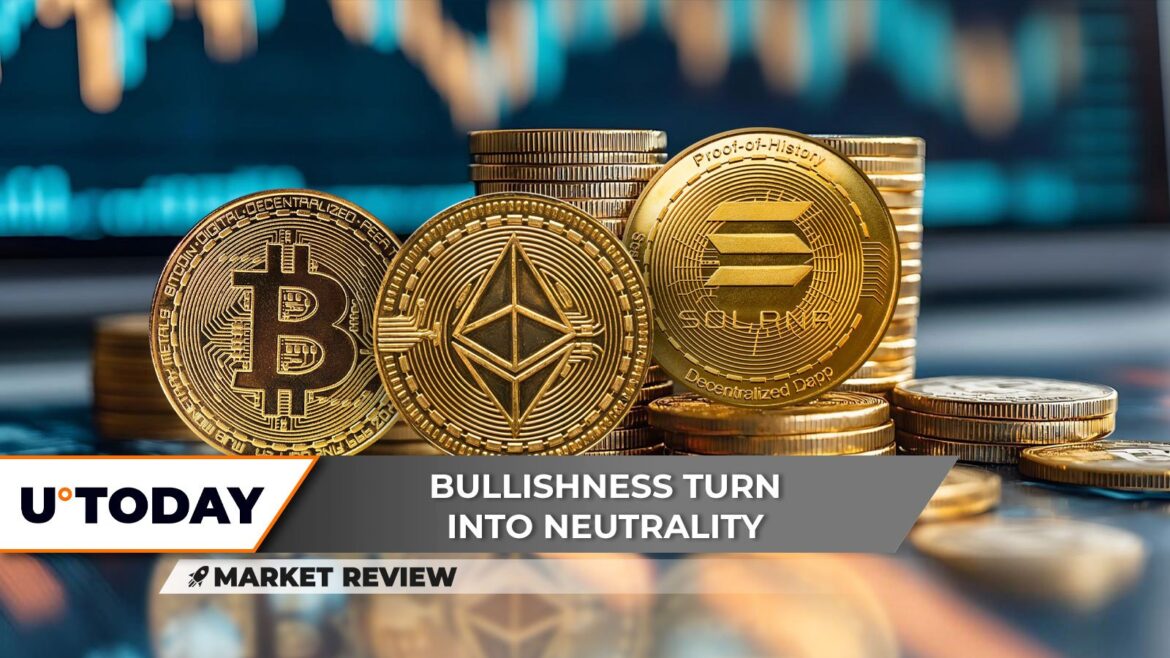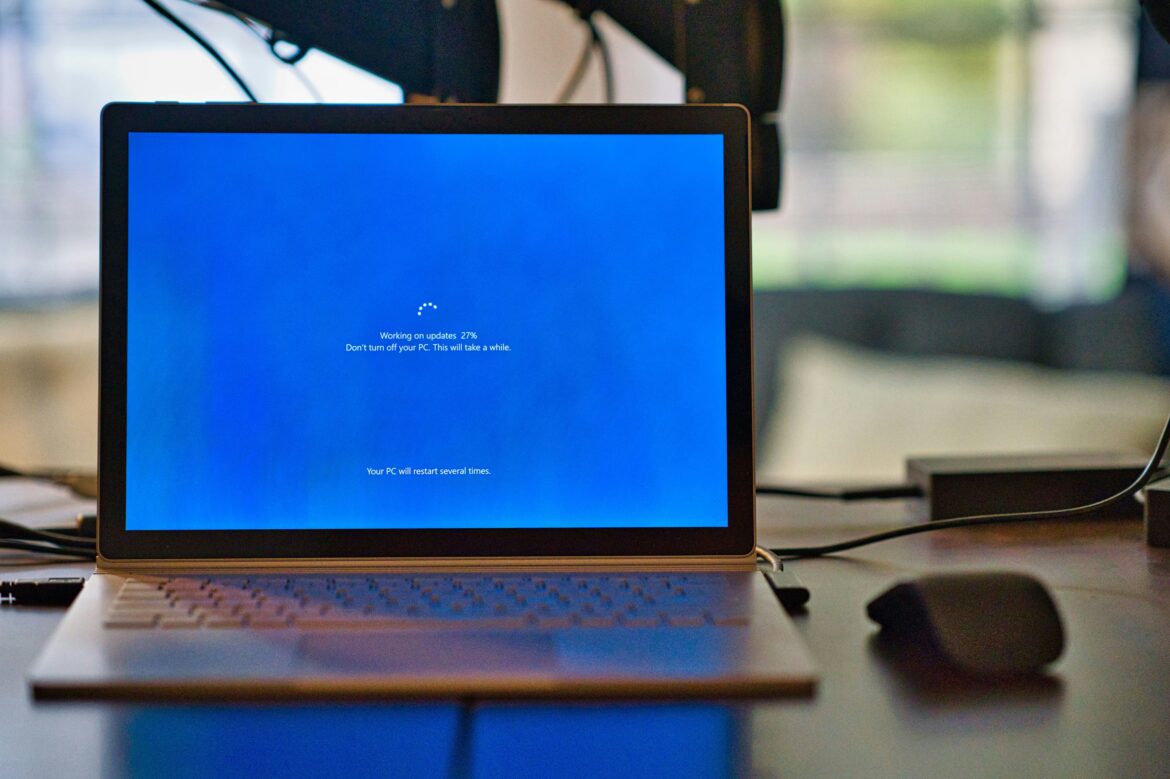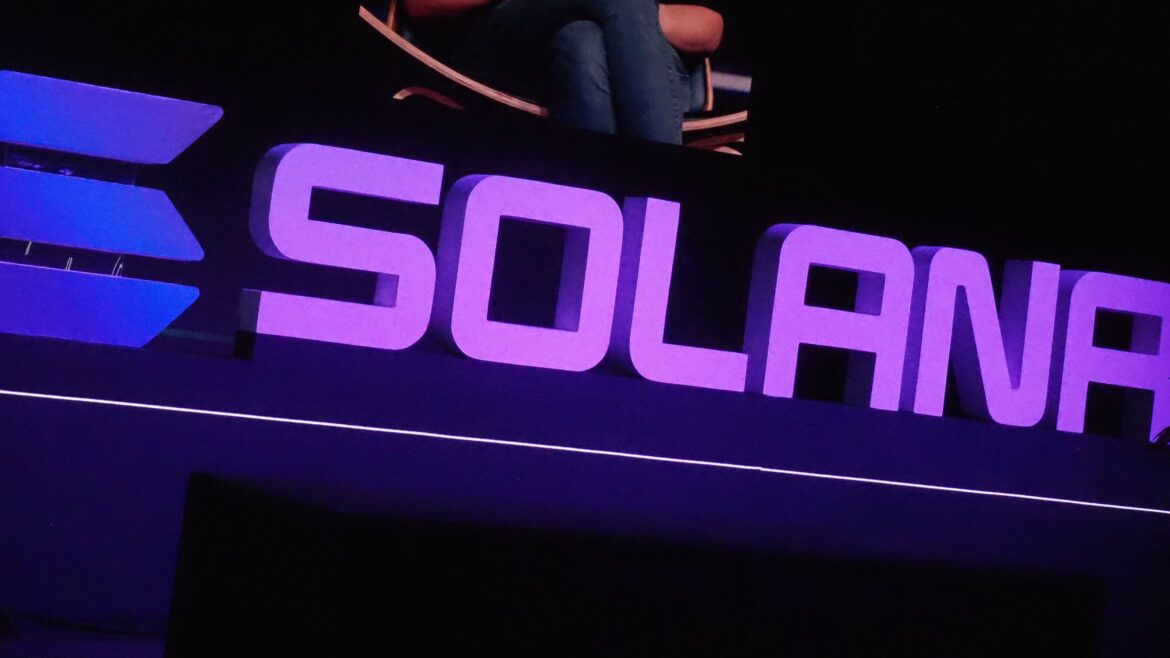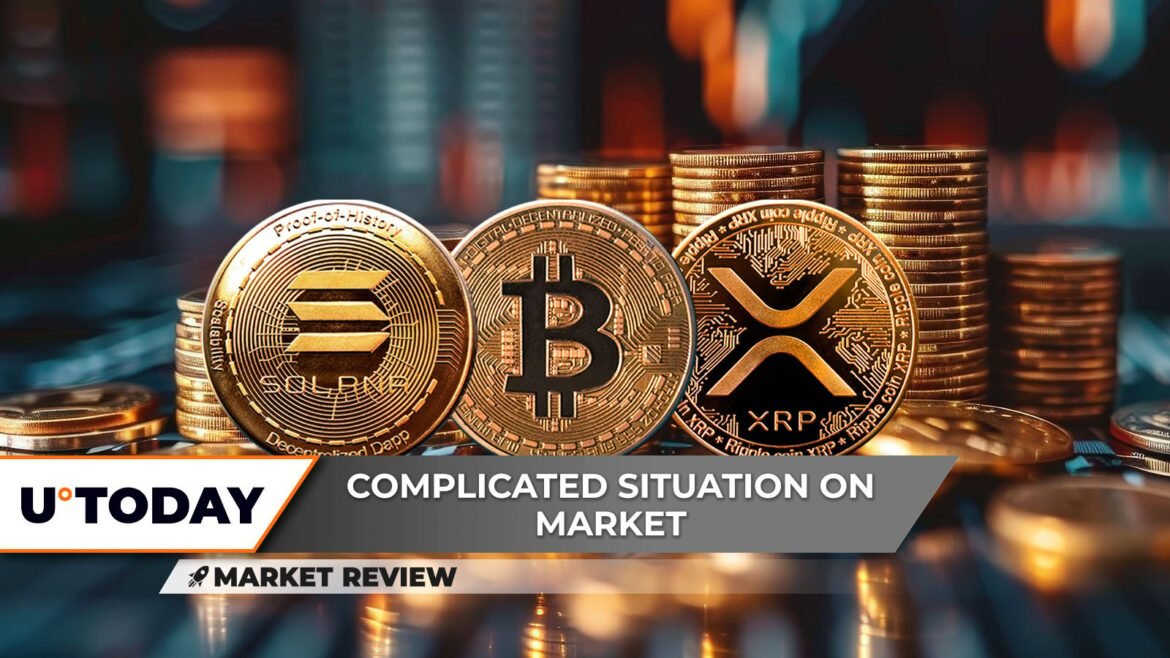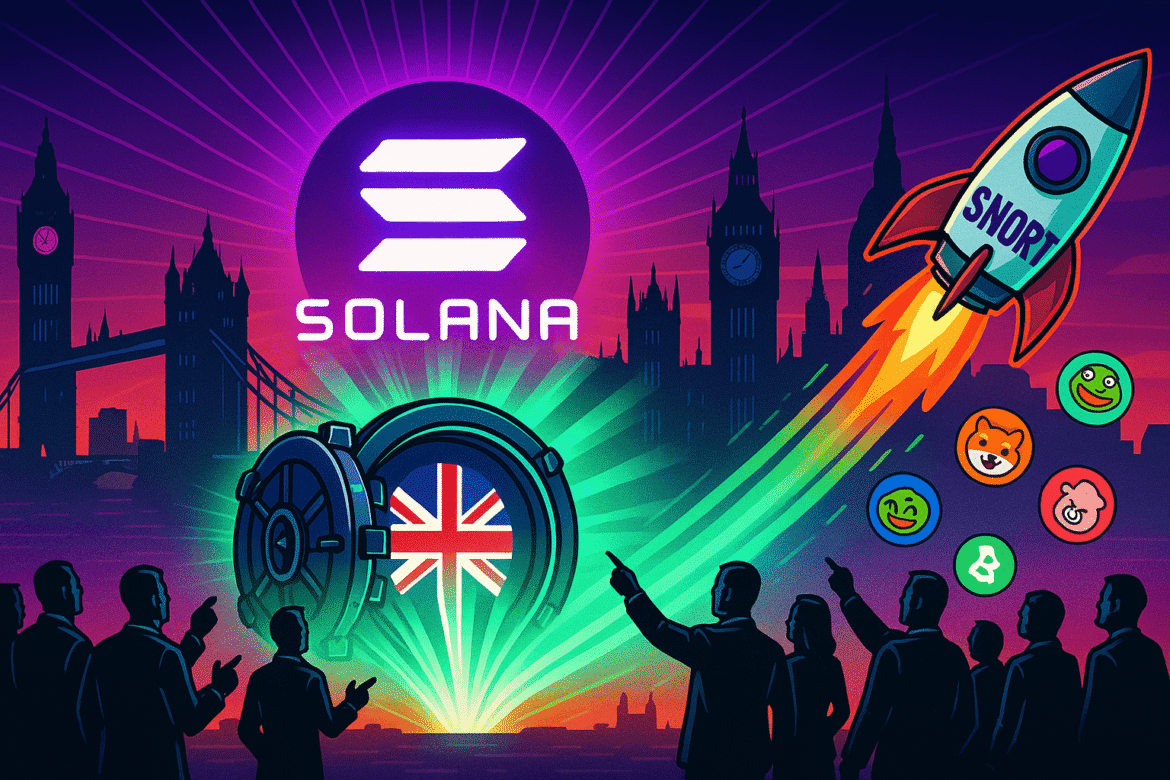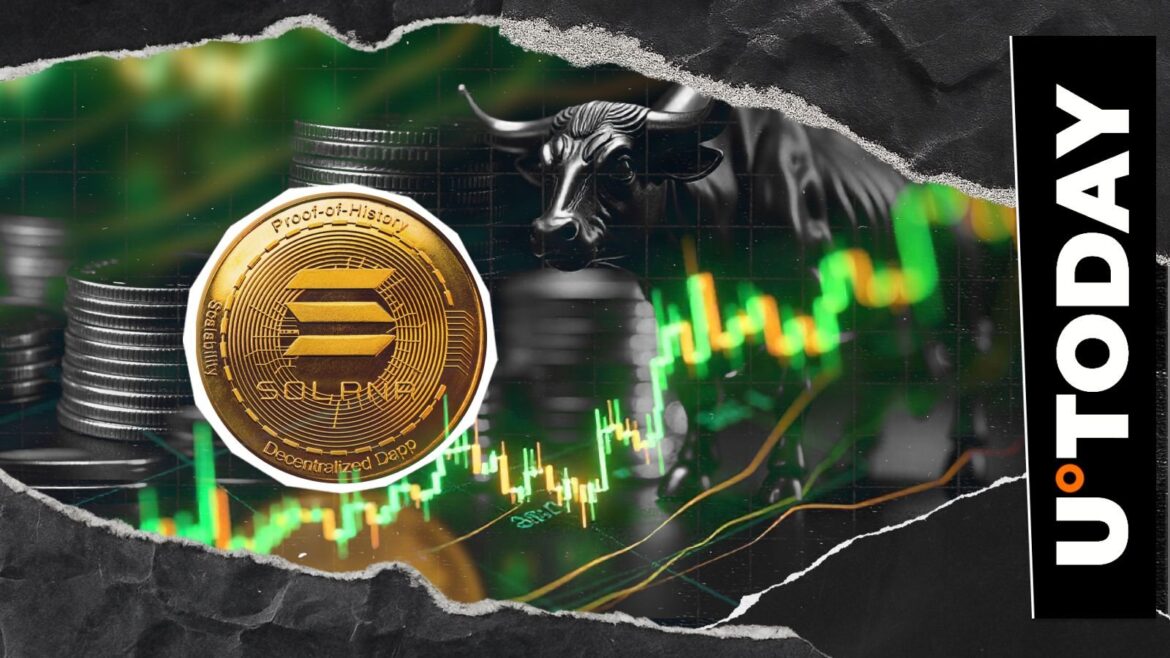As shown in our previous market review, altcoins are still struggling. The market is moving toward an infliction point as the next move could be fundamental for multiple assets. Solana is showing signs of rally exhaustion, Ethereum is entering a potential stalemate. But despite the negative altcoin scene, Bitcoin might be pushing higher with a new bullish pattern.
Bitcoin’s key pattern
Bitcoin might be forming the cup-and-handle, one of the most well-known bullish patterns in technical analysis. Although not yet confirmed, the pattern appears on the daily chart, indicating that after weeks of volatile price action, digital gold may be getting ready for a brief reversal.
BTC/USDT Chart by TradingView
BTC fell, consolidated and then steadily recovered to retest resistance levels close to $114,000 during the cup part of the pattern, which seems to have formed between mid-August and early September. The subsequent brief decline is comparable to the start of the handle, a period of consolidation that frequently comes before a breakout. Key factors right now are:
- Technically speaking, Bitcoin might surpass the $114,000 resistance and aim for the $118,000-$120,000 range if the handle completes and buyers enter with conviction.
- The 50-day EMA, which has been capping rallies in recent weeks, is in that zone.
- Following a correction that pulled Bitcoin from highs above $124,000, a successful breakout would both confirm the cup-and-handle and reestablish bullish momentum. The setup is far from risk-free, though.
- Bitcoin is susceptible to a deeper retracement toward $104,000, the 200-day EMA, and a critical structural level for long-term investors if the pattern fails to hold the $110,000-$108,000 support area.
Short-term traders of Bitcoin should monitor the $114,000 neckline. BTC’s next leg higher could be launched from current consolidation if a breakout above it solidifies the mini cup-and-handle formation.
Ethereum’s pivotal level
The price structure of Ethereum is at a turning point. Ethereum has deviated from its steady wave-like pattern of higher highs and higher lows for the first time since its spectacular rally started earlier this summer. The asset is currently trending sideways rather than upward, which may be an early indicator of an impending reversal.
You Might Also Like
Both the 20-day and 50-day EMAs have been supporting Ethereum’s strong upward channel since mid-July. New purchases followed each decline, resulting in a stairway rally that saw ETH reach $4,800. Recent candles, however, show a divergence from that bullish trend. With ETH struggling to regain its momentum, the price action has flattened and is now trapped between $4,200 and $4,500.
What this sideways move suggests is what investors are worried about. Strong upward trends usually indicate waning demand and give way to bearish momentum when they lose their rhythm. The next reasonable support level for ETH, if it drops below $4,200, is the 100-day EMA close to $4,000. Ethereum would be at risk of a more severe retracement toward $3,600 if there was a decline there, confirming that the rally’s structure has been officially broken.
A consistent drop in volume has also supported the notion that market players are retreating. Sideways price action frequently resolves to the downside in the absence of significant inflows. The $4,200 key zone is still important for traders to keep an eye on. The bullish story may be saved if ETH maintains this level and breaks above the $4,500 resistance with strong volume.
Solana rally ends?
A lower high is beginning to form on the chart, which is a clear warning sign that Solana is getting tired. Following months of steady gains and higher highs since July, this development may signal the start of a more significant trend reversal, which could put an end to the asset’s current bullish cycle.
SOL recently reached a peak of about $210, but it was unable to surpass its August high of about $225. As an alternative, price action rolled over, creating a lower high, which is a classic indication of waning bullish momentum. Every high should surpass the one before it in a healthy uptrend, but this pattern break indicates that buying pressure isn’t strong enough to push Solana higher at this point.
You Might Also Like
Declining trading volume combined with the daily structure makes it even more worrisome. Enthusiasm has waned, suggesting that market participants are reluctant to keep joining the rally even though the price is still above the psychological $200 threshold. A loss of momentum is reflected in the Relative Strength Index’s (RSI) flattening.
A confirmed trend reversal could occur from the lower high if Solana is unable to recover the $225 level in the near future. If $196, a crucial short-term support, were broken, further declines toward $185 and the 100-day EMA at $176 would be possible. A stronger move might even put the 200-day EMA close to $170 to the test, which would seriously undermine the long-term bullish argument.
The upward trend is currently on life support. A significant push above $210-$215 is necessary for bulls to regain confidence. If not, Solana’s lower high might signal the beginning of a longer-lasting bearish phase that could change market sentiment in the upcoming months.
Across Bitcoin, Ethereum and Solana, price action is tightening around levels that could determine the direction of the market in the next few weeks. A confirmed breakout would restore confidence in the uptrend, while failure to hold support zones risks shifting sentiment decisively bearish.

